Porsche Tapiro Concept (1970)
Giugiaro’s 4th prototype at Italdesign was this radical Tapiro. It was based on a Porsche 914/6 chassis and used it’s mid-mounted, 2.4 litre flat-6 engine. Interesting design elements were gullwing doors for both the passengers and engine compartments, as well as a heavily raked windscreen that matched the front hood.
This is the Porsche that most fans had no idea ever existed. It was a one-off concept known as the Porsche Tapiro and it was designed by the famous Giorgetto Giuigaro of Italdesign. This car was a combined Volkswagen/Porsche exercise and it is best known for its fiery end of life (more on that later). Shown at the Turin Motor Show in 1970 it was the first wedge-shaped concept and really captured people’s attention.
The sharp edges and wedge-shape mean the design was a clear departure from what other Porsches looked like of the era. What is more amazing is that unlike so many concept car shapes, the Tapiro was designed from the outset to work as a proper road car. The wedge was used here for the first time, and it will be used again in many other cars in years to come. Doors and hoods are very exotic and considered fancy solutions for the time like seagull wing opening door for passengers and engine. This solution imposed the design of a “cross” steel central structure that carries longitudinally the hinges of doors and hoods, while transversally becomes a roll-bar. Lights, foldaway, are protected by a square overhang.
It was based on the engine and running gear of the Porsche 914/6. Behind the driver sat a heavily modified 2.4-liter flat six engine that claimed to make 220 hp at 7,800 rpm. The mid-mounted flat six engine was coupled to rear-wheel drive and independent suspension. We are talking supercar specs right here.
After a debut at the Turin Motor Show and a follow up showing at the Los Angeles Imported Automobile and Sports Car Show, the Tapiro eventually found its way into private hands in 1972. A Spanish businessman bought the car and unfortunately this is where things go totally bad. Said owner used the Tapiro as his daily driver, until he crashed it and it was burned to the ground. The remains were reclaimed by Giugiaro and currently resides, unrestored, in the Italdesign archives.
Specs & Performance
| submitted by | Richard Owen |
| engine | Flat-6 |
| displacement | 2400 cc / 146.5 in³ |
| power | 164.1 kw / 220.1 bhp @ 7800 rpm |
| specific output | 91.71 bhp per litre |
| bhp/weight | bhp per tonne |
| driven wheels | Mid Engine / RWD |
| f brake size | mm / in |
| r brake size | mm / in |
| wheelbase | 2450 mm / 96.5 in |
| front track | 1380 mm / 54.3 in |
| rear track | 1460 mm / 57.5 in |
| length | 4060 mm / 159.8 in |
| width | 1760 mm / 69.3 in |
| height | 1110 mm / 43.7 in |
| gear ratios | :1 |
Pictures
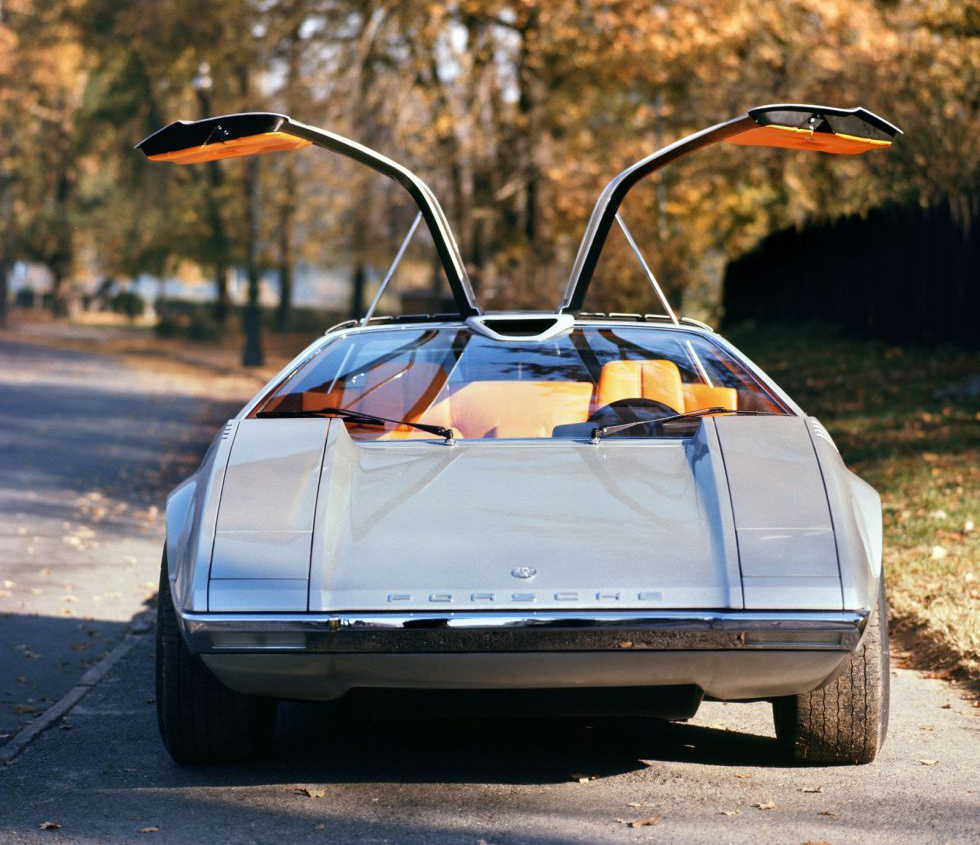

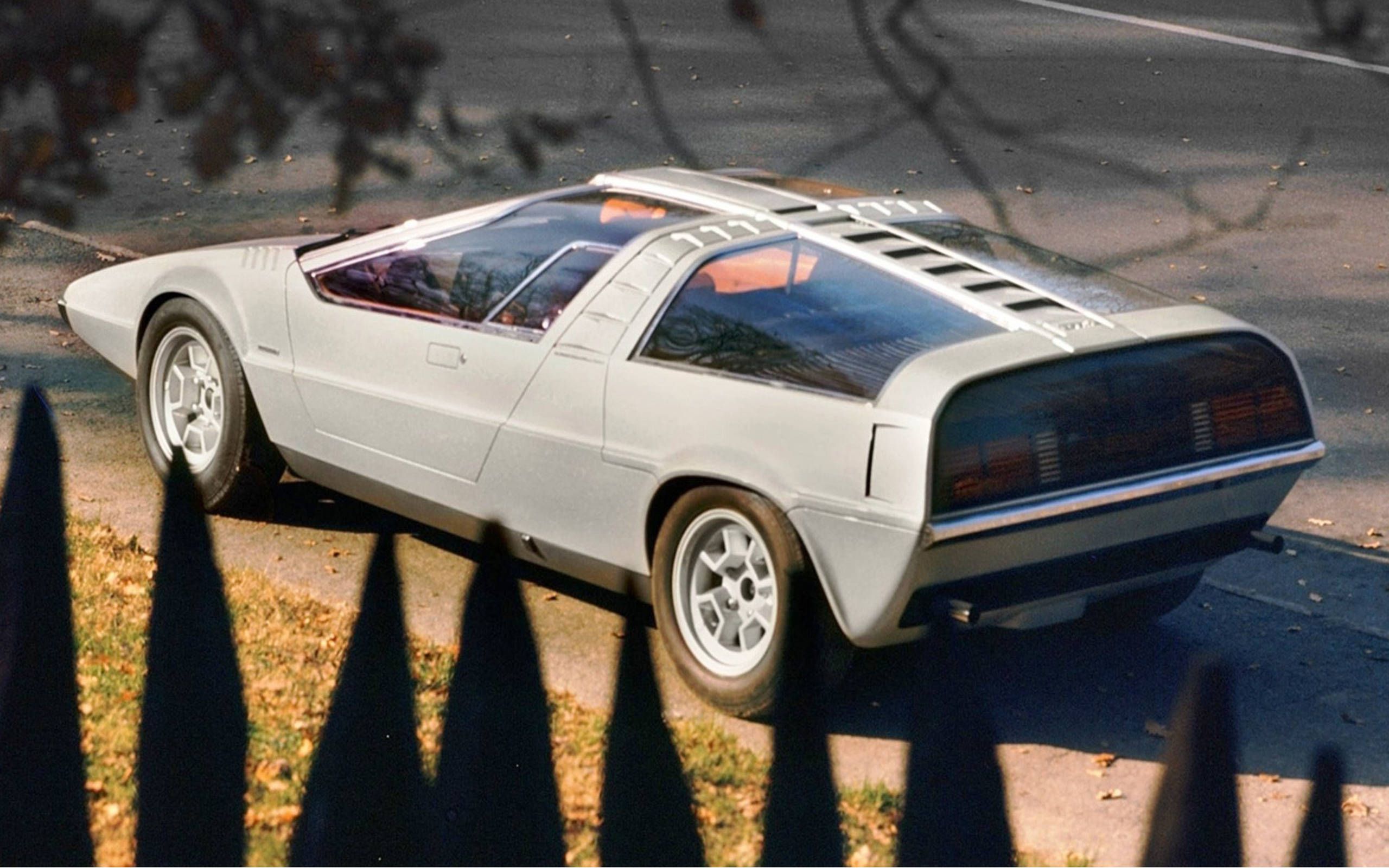


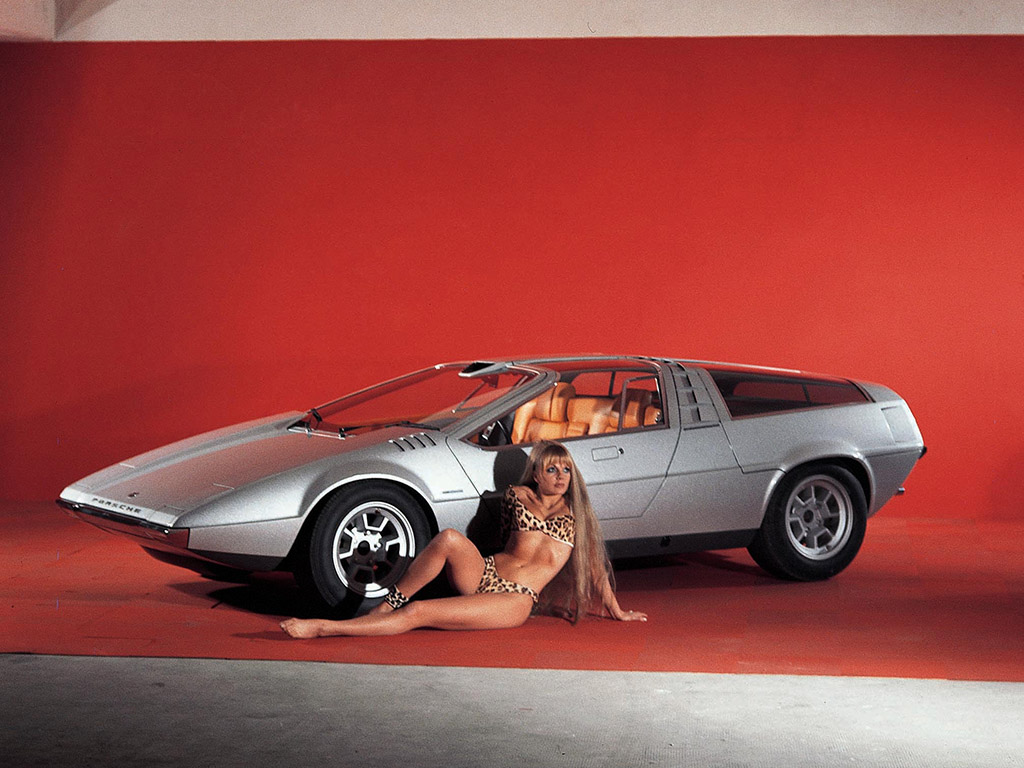
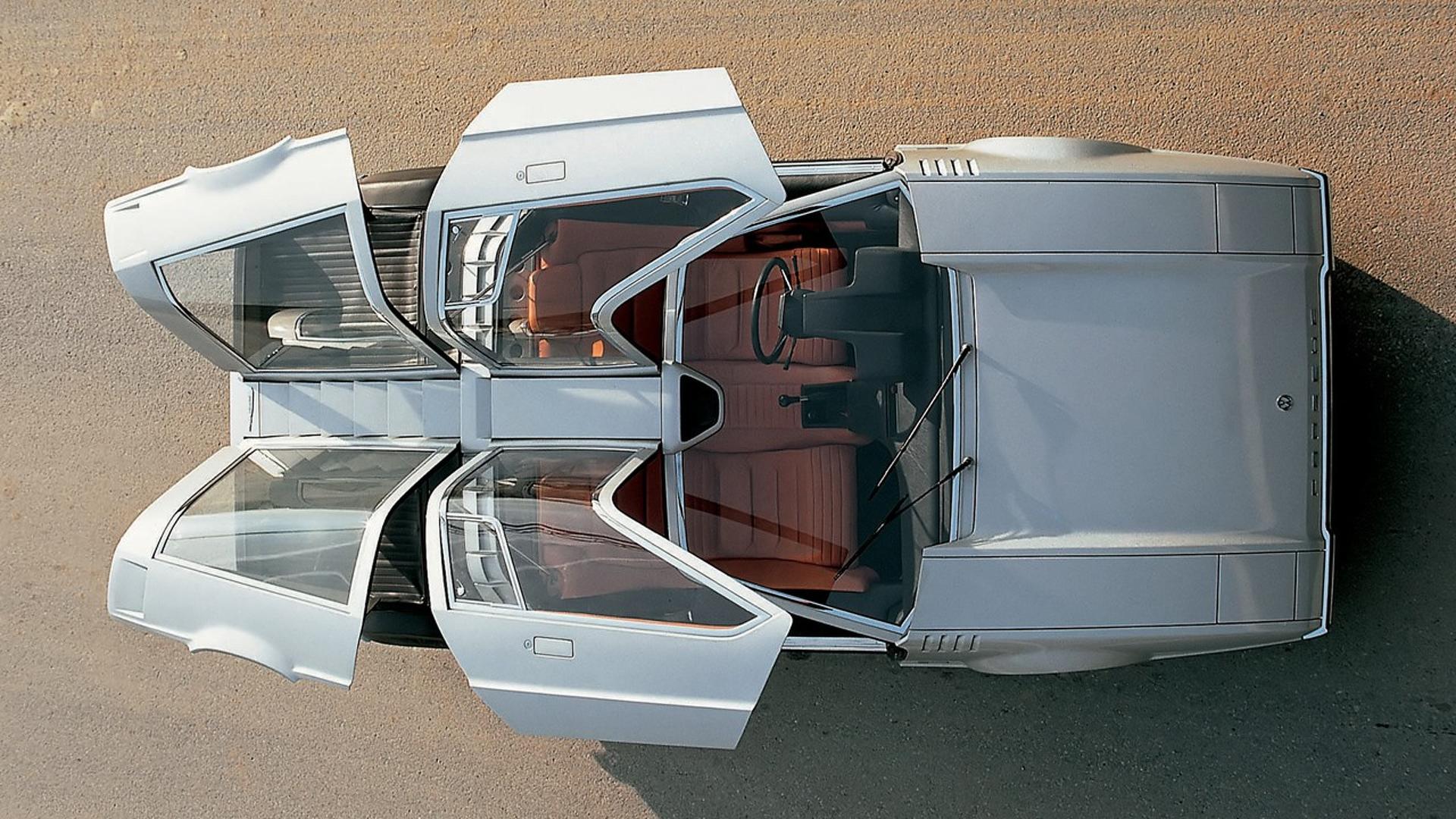
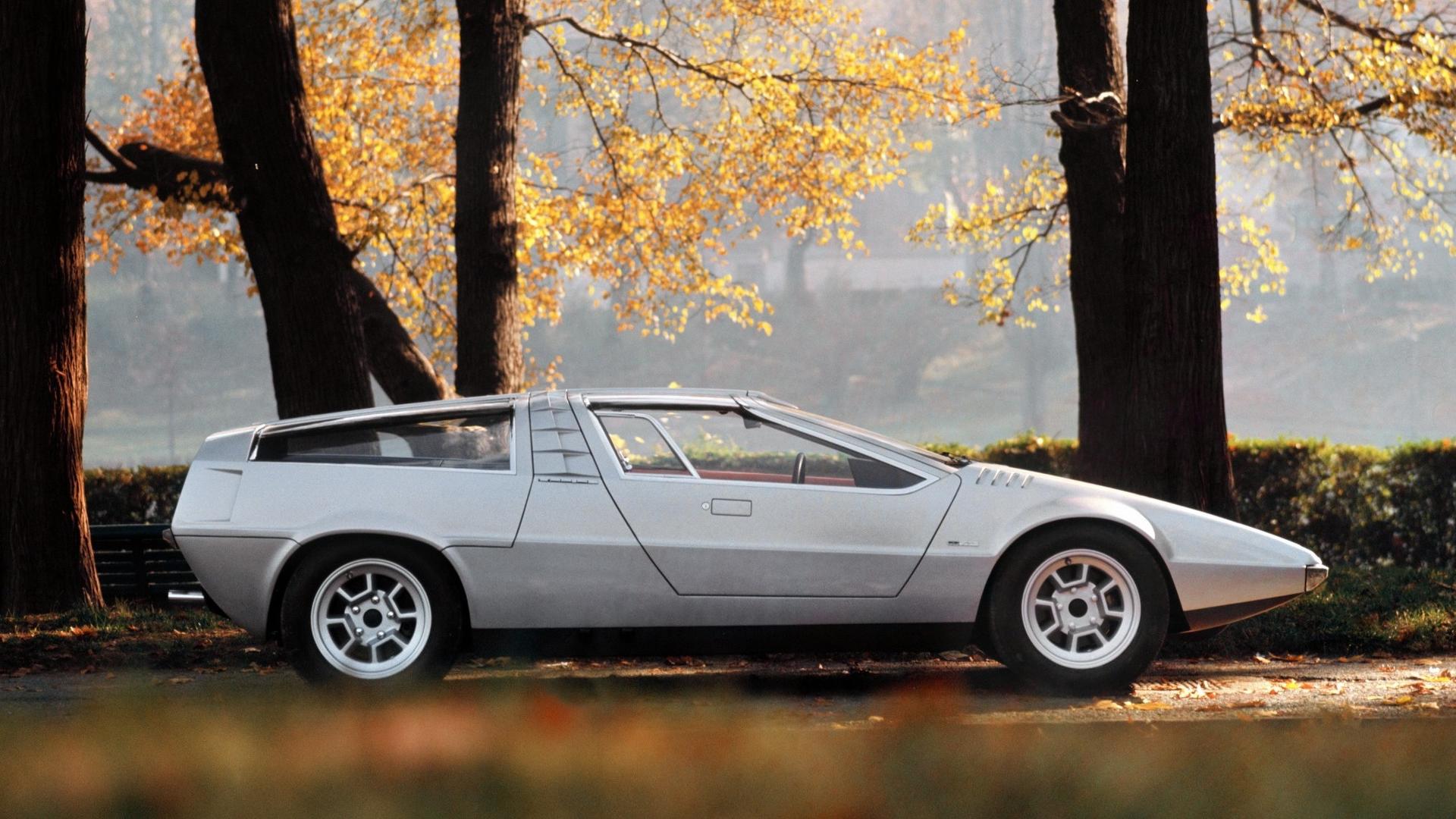
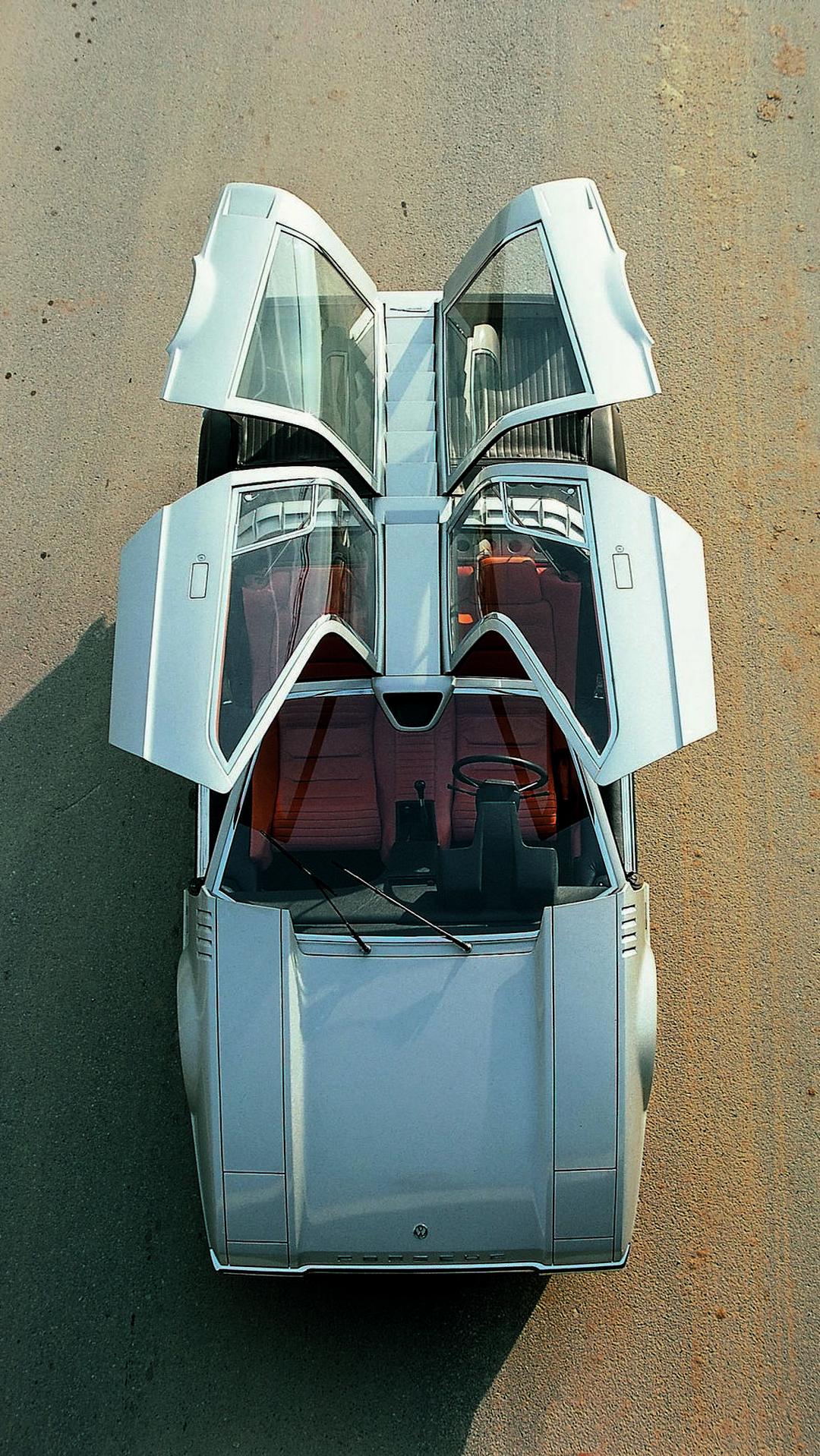
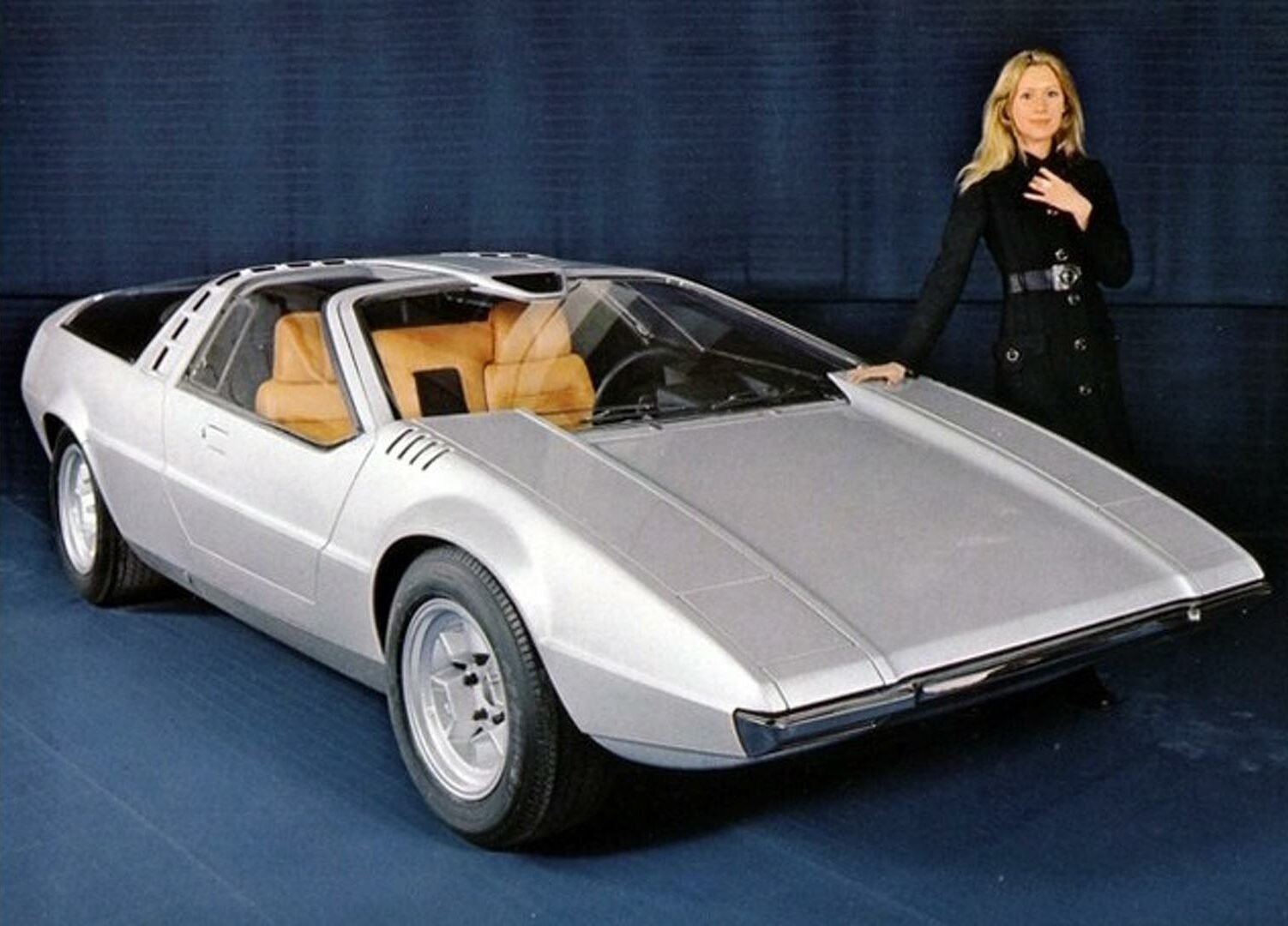
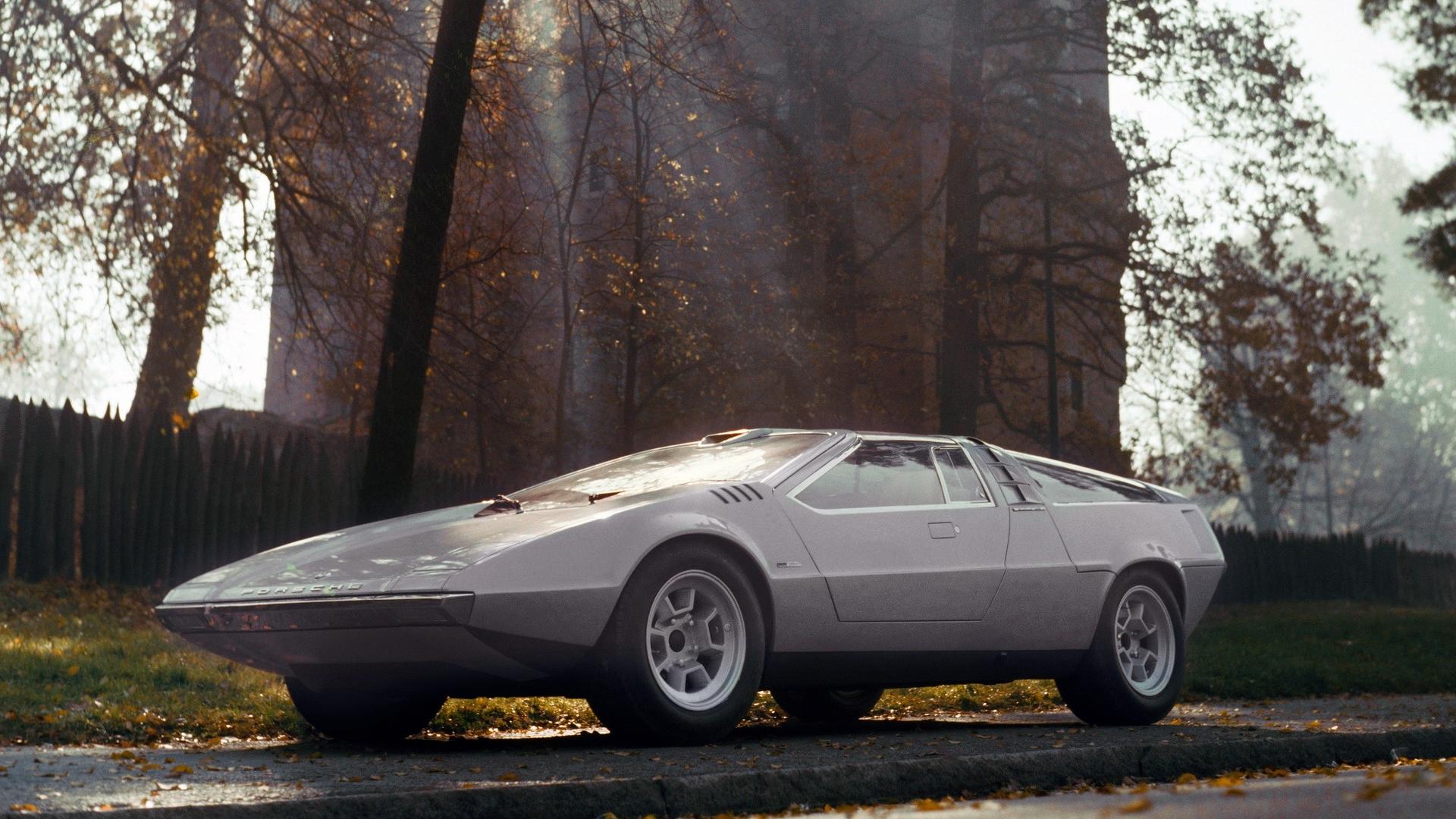
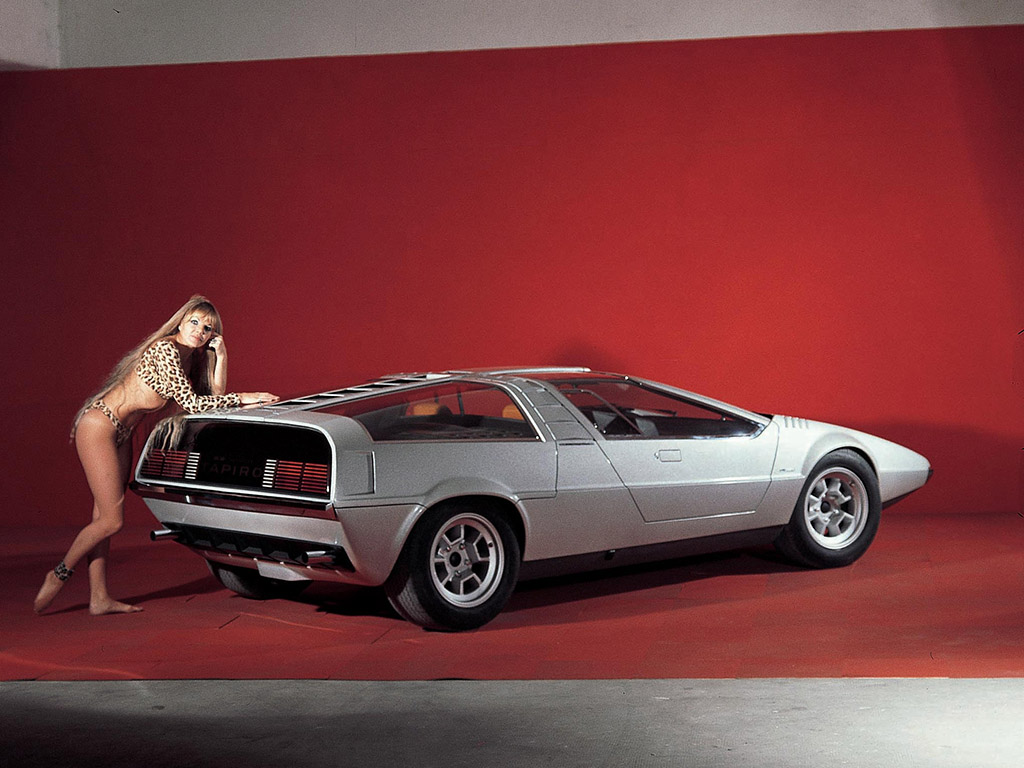
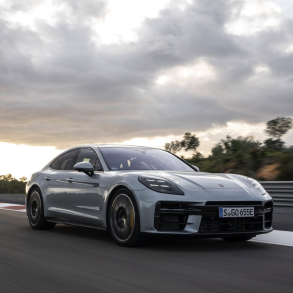
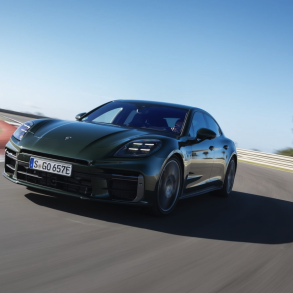
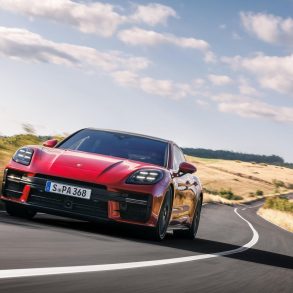
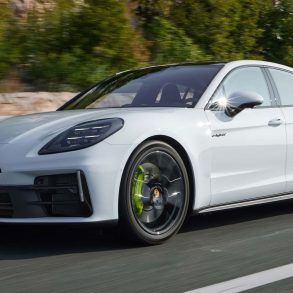
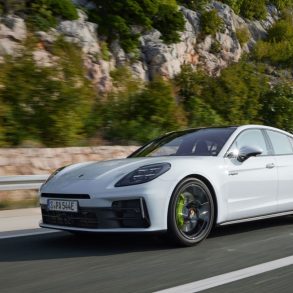
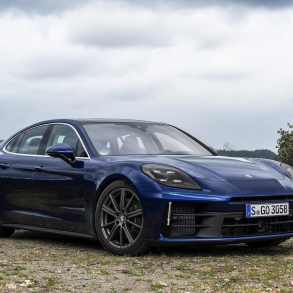
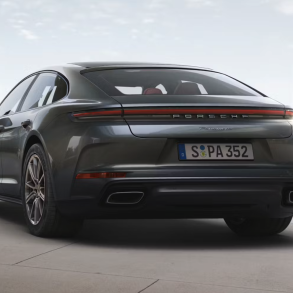


The Tapiro wasn’t crashed. It burned itself due to the typical Weber carburator fuel overflowing. The owner was not any rich guy: he was none other than Waldo De Los Ríos, a millionaire music conductor from Spain who also owned the Maserati Boomerang concept car at the time.
0